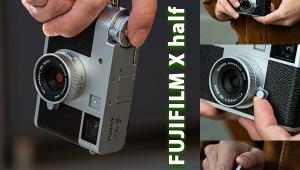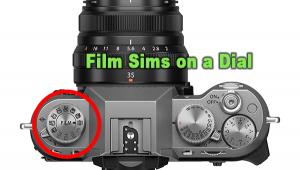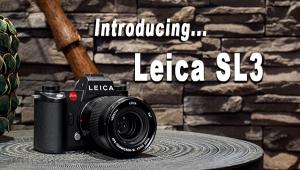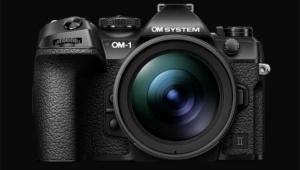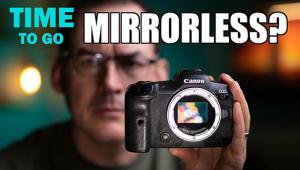Gear Shift: Why Pro Photographer Albert Normandin Switched to a Mirrorless Camera System
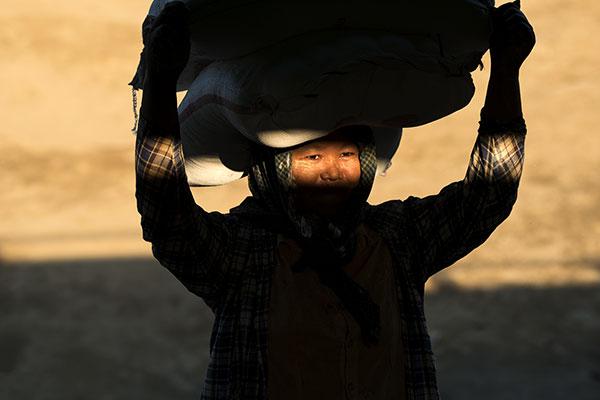
Albert Normandin has photographed in Myanmar on 13 visits over 12 years. He estimates he’s spent over 600 days in the country. He won’t guess at how many photos he’s taken. This one, though, has somewhat special significance.
But first, why Myanmar?
“It’s a beautiful country,” he says, “but mostly it’s the people—they’re kind and caring, and happy to see you.” And for these welcoming people, there’s change coming. “In the last few years Myanmar has really opened up to the rest of the world, and the country is changing very fast.” He sees his photography as a record of the way things have been, and he’s currently working on a book of photographs that he hopes will communicate how he feels about the people and the place, and the way they once were.
Normandin made this photo in late fall last year in Monywa, a city on the banks of the Chindwin River. “The riverbank is a place of commerce,” he says. “There’s a lot going on, so it’s an interesting place to hang around. She’s bringing up supplies from a boat, and this is one of the many scenes you see in Myanmar of people doing the basic work of their lives, much of it done with manual labor.”
The woman was one of many people passing through a band of afternoon sunlight shining through a railing. “It was a challenge,” Normandin says. “I knew I’d be lucky to get one frame with the light right on her eyes.”
And the significance of the photo?
This visit to Myanmar was his first extended shoot with a new camera system. “I got the Fuji X-T2 that summer, and this photo was one of the first images on one of the first days, and it really proved to me that I could use the camera in any situation. There was a moment, after seeing this image, that I thought, Okay, this mirrorless system can work.”
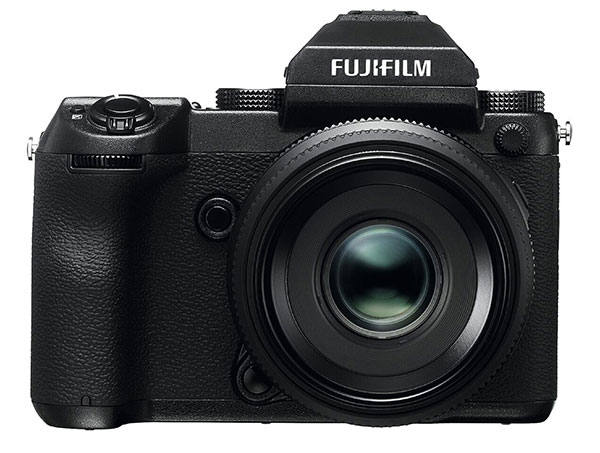
The shift to a mirrorless system was a major step for a photographer who in a 30-plus-year career had photographed with SLRs, medium format cameras, panoramic cameras, and DSLRs. “But I saw the changes coming,” he says. “Lighter weight, smaller size, intuitive controls, a great viewfinder—you see what you’re getting—great dynamic range, and mirrorless technology improving. Great progress is being made.”
So much progress that when he was recently asked if he “sort of” thought that mirrorless would be the future, he replied, “I don’t think ‘sort of’ is necessary. It is the future.”
If he’s right, much of the magic of photography will no longer be done with mirrors.
Albert Normandin’s website, albertnormandin.com, showcases the variety of his photography and the extent of his travels throughout the world. I would also recommend the reading of his bio in the About section of the site.
Tech Talk: The photo was taken with a Fujifilm X-T2 fitted with a Fujinon XF 90mm f/2 R LM WR lens. The camera settings were 1/800 second, f/3.6, ISO 200, aperture priority, and multi metering.

